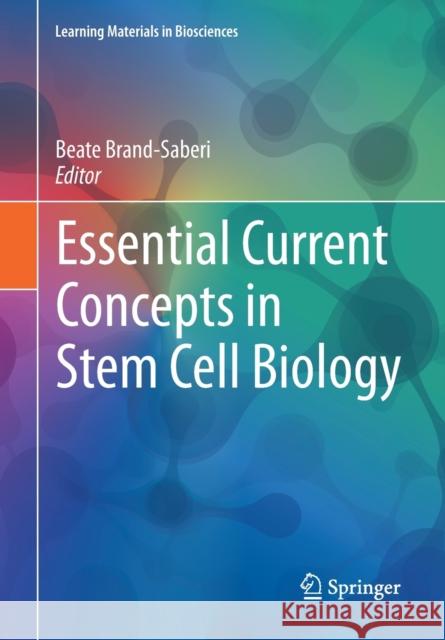Essential Current Concepts in Stem Cell Biology » książka
topmenu
Essential Current Concepts in Stem Cell Biology
ISBN-13: 9783030339227 / Angielski / Miękka / 2020 / 242 str.
Kategorie BISAC:
Wydawca:
Springer
Seria wydawnicza:
Język:
Angielski
ISBN-13:
9783030339227
Rok wydania:
2020
Wydanie:
2020
Numer serii:
000801585
Ilość stron:
242
Waga:
0.41 kg
Wymiary:
24.41 x 16.99 x 1.37
Oprawa:
Miękka
Wolumenów:
01
Dodatkowe informacje:
Wydanie ilustrowane











